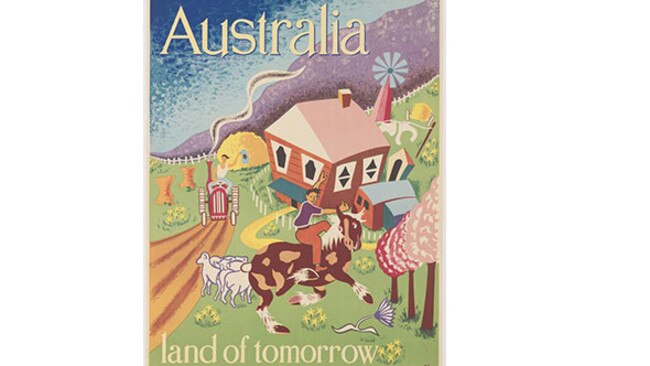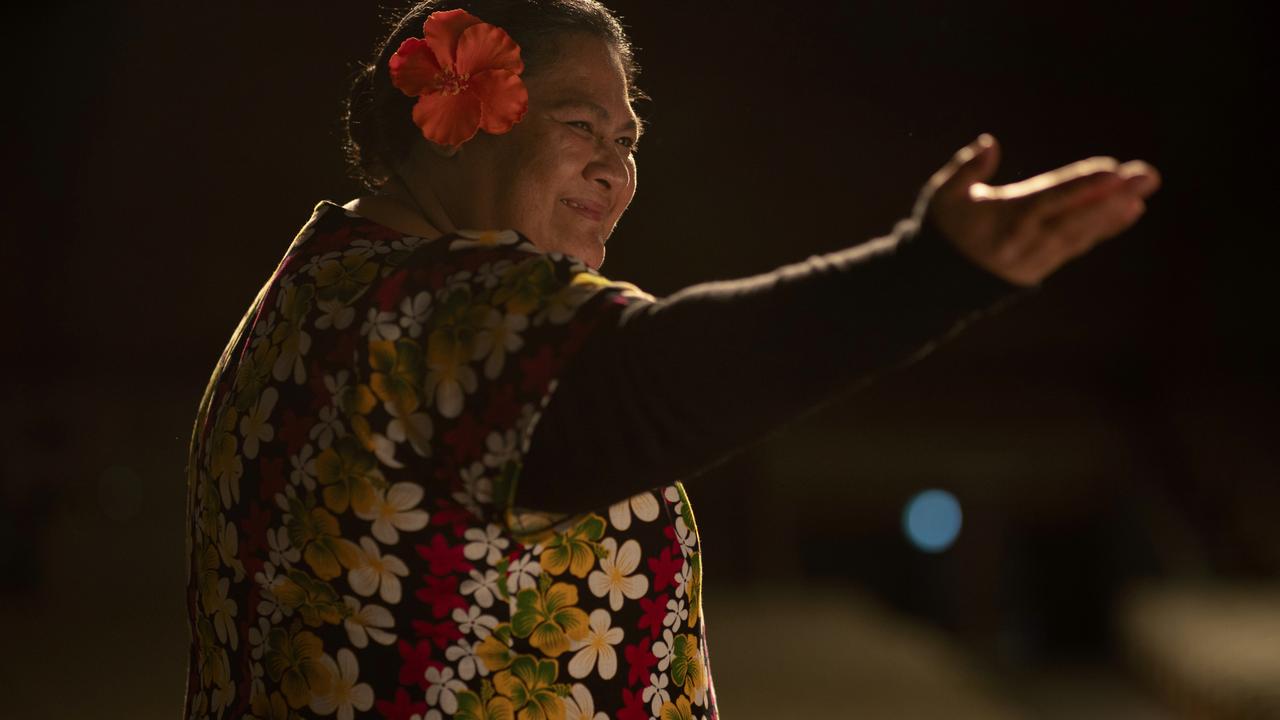Australia land of tomorrow: poster hit the mark with migrants
In 1945 Australia’s first immigration minister Arthur Calwell, began his relentless campaign to encourage mass immigration.

In 1945, amid much controversy, Australia’s first minister for immigration, Arthur Calwell, began his relentless campaign to encourage mass immigration, using the catchy slogan “populate or perish”.
Calwell, explaining why he wanted to expand Australia’s migrant intake to include Europeans, declared: “There can be no argument against immigration at this point of Australian history. We must fill this country, or we will lose it.”
He also summed up his aim when he said: “We have 25 years at most to populate this country before the yellow races are down on us.” Following the attacks on Darwin and the threat of invasion by Japanese forces, Calwell and prime minister John Curtin felt that a rapid increase in population was vital to the country’s security and economic development. It was a strategy that still adhered to the White Australia policy, but it did transform Australia’s ethnic and religious mix.
Calwell, however, needed to persuade the general population to accept such a large influx. He decided to sell the policy to make Australians understand why it was necessary. But that was only half the battle, because he also had to sell Australia to the European refugees.
The government used propaganda tactics and embarked on an “intensive international campaign to encourage migration to Australia”, according to Stephen Thompson from the NSW Migration Heritage Centre. One of the strategies was to place posters in displaced persons camps, which housed people who had fled their countries due to war or the redrawing of national borders.
One poster, dating from about 1948, that promoted Australia as a land of prosperity and growth is Australia land of tomorrow, which is on display in the Treasures Gallery at the National Library of Australia in Canberra.
The creator of this poster, Joe Greenberg (1923-2007), was approached by the commonwealth Department of Information to design the poster, based on his work as an illustrator for Melbourne’s Herald and Weekly Times .
In the poster, the rural setting is vibrant and spacious, aiming to evoke feelings of cheerfulness and optimism. This is in direct contrast to the conditions of the refugee camps, where people would have spotted it and thought it looked better than anywhere else in the world, says Josef Lebovic, a specialist in works on paper, including Australian posters. “It is the most bizarre poster on the concept of immigration,” says Lebovic from his gallery in Sydney. “When I first saw it, I thought this is not something I would expect to see trying to entice someone to come to Australia. He didn’t put a koala or a gumtree in it.”
Lebovic says he has seen other immigration posters which are more obvious and boring. “This one stands out many years later. I would call it uniquely special for the product it was trying to sell. It has been very successful, and it is a great piece of promotion for Australia.”
At the library, I’m shown Australia land of tomorrow by curator Matthew Jones, who says that migrants told Greenberg his poster had influenced them to come to Australia. “I think it is interesting because it’s obviously not very much like an Australian landscape,” Jones says.
“It’s got a very central European feel or Alpsy feel. It is like a fairytale. You half expect the von Trapps to come out and start singing something. I wonder if it was a deliberate strategy, to not let them know how harsh Australia can be.
“It is, however, a very loaded image because we were in the era of the White Australia policy.
“The poster looks funny and seems harmless but if you think of the rigid policies at that time and who it was they were trying to attract and who wasn’t welcome at that time, it leaves me feeling a little bit mixed.”
Joe Greenberg, Australia land of tomorrow, c. 1948. Commonwealth Department of Information. Collection National Library of Australia. On display, Treasures Gallery, National Library of Australia, Canberra.



To join the conversation, please log in. Don't have an account? Register
Join the conversation, you are commenting as Logout